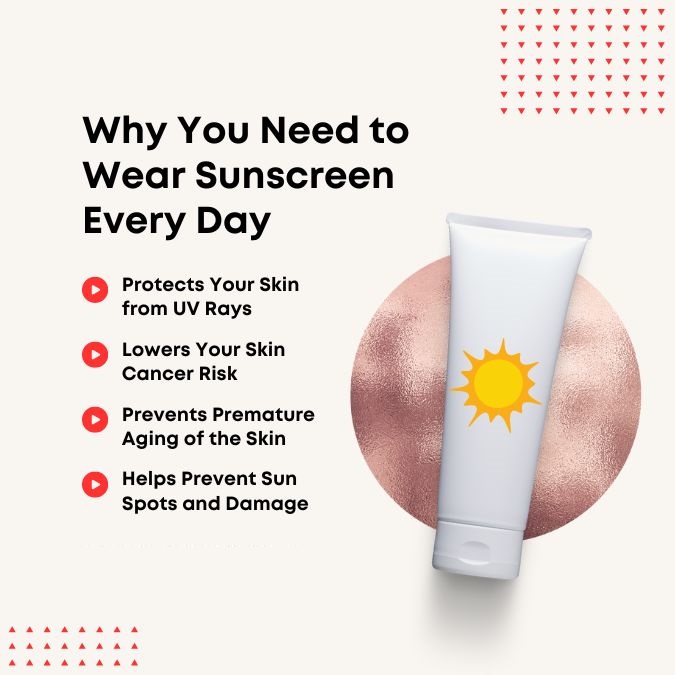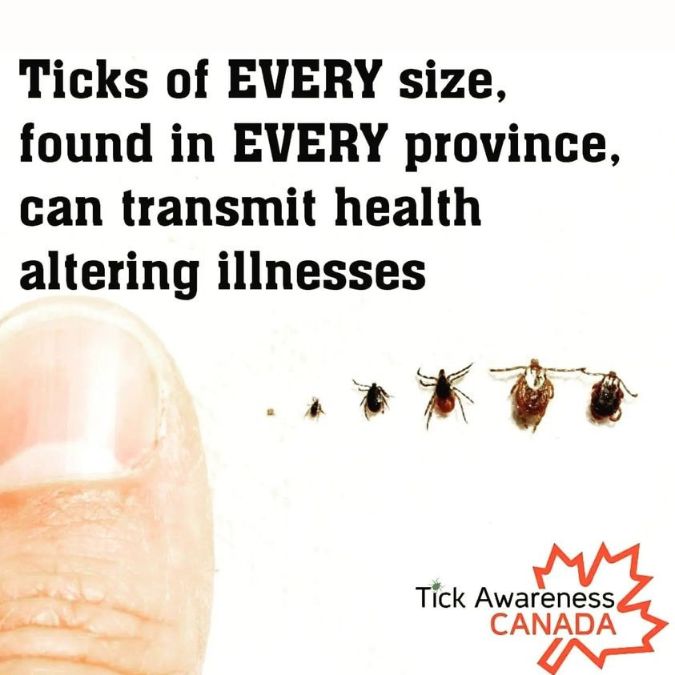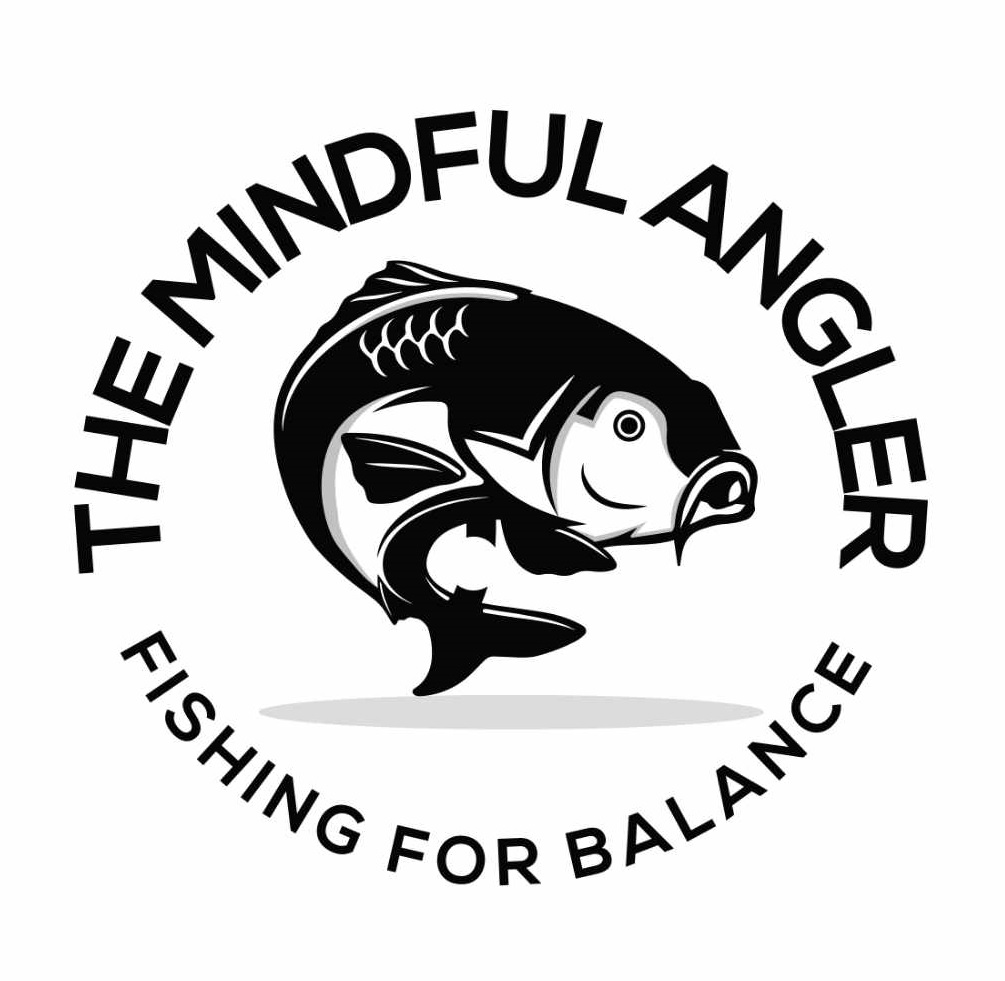Safety while fishing is paramount for an enjoyable and incident-free experience. Sun protection is crucial to prevent sunburn and long-term skin damage, so wearing sunscreen, a hat, and sunglasses is essential. Water safety should never be overlooked, as drowning is a real risk; life jackets and awareness of water currents are vital. Additionally, anglers should be mindful of insects like ticks, which can transmit Lyme disease, and take precautions such as wearing long sleeves and using insect repellent. Slippery rocks and uneven terrain pose a threat of falls and injuries, requiring cautious footing. Furthermore, anglers should be vigilant for unexpected hazards like hypodermic needles, especially in urban or heavily trafficked areas, and watch for underground wasp nests, which can lead to painful stings and medical emergencies if disturbed. Lastly, awareness of venomous spiders, such as the brown recluse in southern regions of Canada, is essential for avoiding painful or dangerous bites. Listed below are seven hazards that have impacted me directly, contributing to my experiences and mistakes. My intention in sharing these is to raise awareness and provide others with the opportunity to learn from them.
SUN SAFETY
The dangers of the sun and the consequences of not wearing sunscreen cannot be overstated. Skin cancer rates have been steadily rising, with statistics revealing that one in six Canadians will develop skin cancer in their lifetime. Melanoma, the deadliest form of skin cancer, is estimated to cause over 1,300 deaths annually in Canada. Exposure to harmful UV rays from the sun without protection not only increases the risk of skin cancer but also accelerates skin aging, leading to wrinkles, sunspots, and other signs of damage. Yet, despite these alarming statistics, many still underestimate the importance of sunscreen, leaving themselves vulnerable to these potentially life-threatening consequences. It’s crucial to prioritize sun protection by regularly applying sunscreen with a high SPF, seeking shade when possible, and wearing protective clothing to safeguard against the sun’s harmful effects.
Wearing eye protection while fishing in the sun is crucial for UV protection, glare reduction, eye comfort, and safety. Sunglasses shield eyes from harmful UV rays, reduce glare off water surfaces, prevent discomfort caused by squinting, and enhance visibility for safer navigation.

WATER SAFETY
In Canada, the importance of water safety cannot be emphasized enough, as drowning remains a significant concern. Each year, there are numerous tragic incidents involving drowning, claiming lives across the country. The statistics reveal a sobering reality, with drowning being the third leading cause of unintentional injury death in Canada. In fact, an average of more than 400 Canadians die in water-related incidents annually, emphasizing the critical need for heightened awareness and proactive measures. Whether enjoying the vast lakes, rivers, or coastal areas, understanding water safety is paramount. These statistics underscore the importance of not only knowing how to swim but also being vigilant about potential risks, promoting a culture of water safety that can save lives and prevent devastating losses within our communities.

TICKS AND LYME DISEASE
In Canada, the threat of ticks and the transmission of Lyme disease loom as ominous shadows, particularly for outdoor enthusiasts like anglers. As fishermen venture into wooded areas, fields, and brushy terrains in pursuit of their passion, they unwittingly expose themselves to these tiny yet potentially dangerous parasites. With over 20,000 confirmed cases of Lyme disease reported in Canada annually, the risk is very real. It’s important to note, however, that not all ticks carry Lyme disease, and while vigilance is essential, panic is unwarranted. Ticks, often lurking in tall grasses or dense vegetation, latch onto unsuspecting hosts and transmit the bacteria responsible for Lyme disease through their bite. However, armed with knowledge and preventive measures, anglers can mitigate this risk. Wearing long sleeves, pants, and insect repellent can deter ticks, while regular body checks and prompt removal of any attached ticks using fine-tipped tweezers can prevent infection. Awareness of symptoms and seeking medical attention promptly if signs of Lyme disease develop are crucial. By remaining vigilant and informed, anglers can continue to enjoy their beloved pastime while safeguarding against the threat of Lyme disease.

SLIPPERY ROCKS/UNEVEN TERRAIN
Navigating slippery rocks and uneven terrain demands utmost caution, as a single misstep can lead to grave consequences. Whether exploring rugged shorelines or trekking through untamed wilderness, the hazards posed by unstable ground are ever-present. Ankle twists, falls, and even fractures are just a few of the potential injuries awaiting the unwary adventurer. Beyond the physical toll, these accidents can quickly turn a leisurely outing into a dire situation, with rescue efforts often complicated by remote locations. Therefore, it is imperative to approach such environments with respect and mindfulness. Proper footwear, a steady pace, and a keen eye for unstable footing are essential safeguards against the perils of slippery rocks and uneven terrain. By prioritizing safety and exercising caution, adventurers can ensure that their outdoor pursuits remain exhilarating and memorable for all the right reasons.

NEEDLES
Safety while fishing, especially in urban settings, requires heightened awareness due to the risk of encountering discarded needles, a consequence of Canada’s opioid epidemic. Recent statistics show a concerning rise in opioid-related deaths and needle use nationwide, making the threat of needles along shorelines and riverbanks a stark reality. Accidental needle pricks can lead to severe health risks, including exposure to diseases like HIV and Hepatitis C. Anglers must stay vigilant and learn safe needle disposal methods, such as using puncture-proof containers and gloves. Prioritizing personal safety involves thorough inspection of fishing spots and prompt reporting of hazardous materials to authorities. Educating children about needle dangers is crucial, emphasizing never to touch or handle them and promptly alerting adults if found. Through education and vigilance, anglers can navigate urban fishing environments safely and ensure a positive experience for all.

WASPS
Underground wasp nests, commonly found in sandy or loose soil near water bodies in Canada, can quickly turn a peaceful fishing trip into a medical emergency if disturbed. These nests, often marked by small holes and buzzing insect activity, can result in aggressive swarms defending their territory, leading to multiple stings within seconds. With an average of 7,000 annual emergency room visits due to insect stings reported by the Canadian Institute for Health Information, encounters with wasps are a significant concern, especially for anglers with allergies who may face life-threatening reactions. To stay safe, anglers should inspect their surroundings for signs of nests, wear thick-soled boots, carry a first aid kit with antihistamines or an EpiPen, and remain calm if a nest is disturbed. By staying vigilant, anglers can avoid unnecessary risks and fully enjoy their time by the water.

SPIDERS
Although rare in Canada, brown recluse spider bites can pose serious risks for anglers who spend long hours outdoors. Native to the southern and central United States, these venomous spiders are occasionally reported in southern Canada, particularly near the Great Lakes, often transported accidentally through goods or vehicles. Brown recluse spiders prefer dark, undisturbed spaces and may hide in fishing gear, natural debris like logs or rocks, or shelters along the bank. While most bites heal with proper care, about 10% of cases require medical attention due to severe necrosis or infection, and delayed treatment can lead to significant tissue damage. Symptoms of a bite often begin as mild redness or swelling but can escalate into a “bullseye” blister or open wound. To avoid encounters, anglers should inspect stored gear, wear protective clothing, avoid sitting near debris, and check shelters before use. If bitten, clean the area, apply ice, and seek medical attention if symptoms worsen. While the risk of encountering a brown recluse spider is low, awareness and precaution can help anglers enjoy their time by the water safely and without incident.

